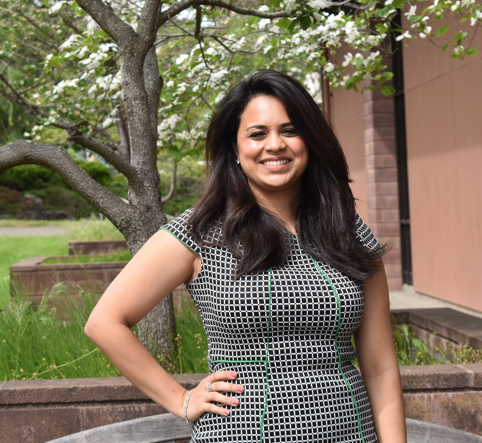Updated on June 14, 2017
For International Students: Choosing a University in the United States
Applying for universities in North America can be confusing. There are hundreds of higher education institutions in the United States. When searching for a university in the U.S., here you might want to keep several factors in mind.
- Leave time to complete your application

Samah Damanhoori
Applying for a U.S. university is a long process that begins with finding the right school, advice getting accepted, and starting your classes. Usually for universities in the United States., it takes three to four months to apply, take the required tests, and submit your application. For example, when I was applying for my master’s degree, I started looking for schools six months before the spring semester when I began classes. If you are applying for admission as a first-year student for a bachelor’s degree, you will typically want to start the process at least a year in advance.
- Search for programs and topics of interest
To search for universities that are a good fit for you, look for ones that offer the subject you want to study. What was your favorite class at school? What are your career goals? For instance, when I was searching for programs that offered a master’s degree in English, I was also looking for a program that offered creative writing as a minor.
- Narrow your search
Class size
At large universities, classrooms can hold as many as a thousand students. The advantages of big schools are that students can learn how to thrive in a competitive atmosphere and have exposure to more people with varying ideas and backgrounds. Larger universities also offer more courses of study and more classes.
At smaller universities, on the other hand, students have more opportunities to ask questions, contribute to discussions, and get to know their professors. In my experience, I preferred smaller class sizes because I wanted more attention and focus from my professors, since writing was my passion and writing requires this kind of attention.
Location
The location of the university is another important criterion to narrow your search. Do you plan to go back to your home country often? How close is the university to an international airport, and to your home country? How is the weather where the university is located? Is it too hot or cold? How do you feel about snow?
You might want to consider if the university is in an urban or a rural area. Is it near a city? Is there is a beach close by? Or hiking areas? When I was searching for universities, I was looking for colleges in the San Francisco Bay Area in California. I liked that the Bay Area’s weather is nice year-round, and it doesn’t snow in winter. The Bay Area has two major cities, San Francisco and San Jose. The school I applied to, Notre Dame de Namur University, is only half an hour commute to both cities, as the university is in the middle. The campus is also near three international airports. I like hiking and going to the beach, so it appealed to me that the university is close to scenic trails and the ocean.
For other students or applicants, location might not be as important as a particular area of study. For example, if you wanted to study veterinary medicine, you would probably select a school based on whether they offered this major: location might be a less important factor.
Safety and the community
The question of safety is another way to narrow your search, and it can be an important factor in choosing a university for international students. In a time like this, you might want to look for universities and communities that are welcoming to international students. When searching for a university, make sure that the university has a significant community of international students. Certain cities and states in the United States are more diverse and have larger populations of international students.
Find out about the international student community on campus
Contact the university admissions office. U.S. universities are very fast in replying via email or phone, and are usually very professional. In my country, Saudi Arabia, it is customary to make an initial contact with the campus in person rather than contacting them through email or calls, but in the U.S., it is the opposite. You can email the admissions office with questions like these:
- Can I connect with one of the international students on campus?
- How many international students does the university have?
- Is there public transportation that is convenient to campus?
Visit the campus
Visiting the campus is another way to experience the vibe and the students’ life. Many universities have ways you can stay overnight and shadow a student to get a close-up look at the university. Visiting a campus also provides an opportunity to interview in person, which could improve your chances of admission. However, most universities do not require in-person interviews for international students.
Conclusion
After the process of narrowing down your choices, you will probably be left with only a few U.S. universities that you are seriously considering. Once you’ve picked the universities you want to apply to, you are ready to fill out the applications. I hope to discuss this in my next blog.
Samah Damanhoori is a second-year master’s student in the English Department at Notre Dame de Namur University in Belmont, California. She is also an intern in the Marketing and Communications Department. Samah is working on various writing projects, and a short story she wrote is being made into an animated short movie.
For more information on applying to Notre Dame de Namur University (NDNU), please visit the admissions page. Information on international students at NDNU is here.
